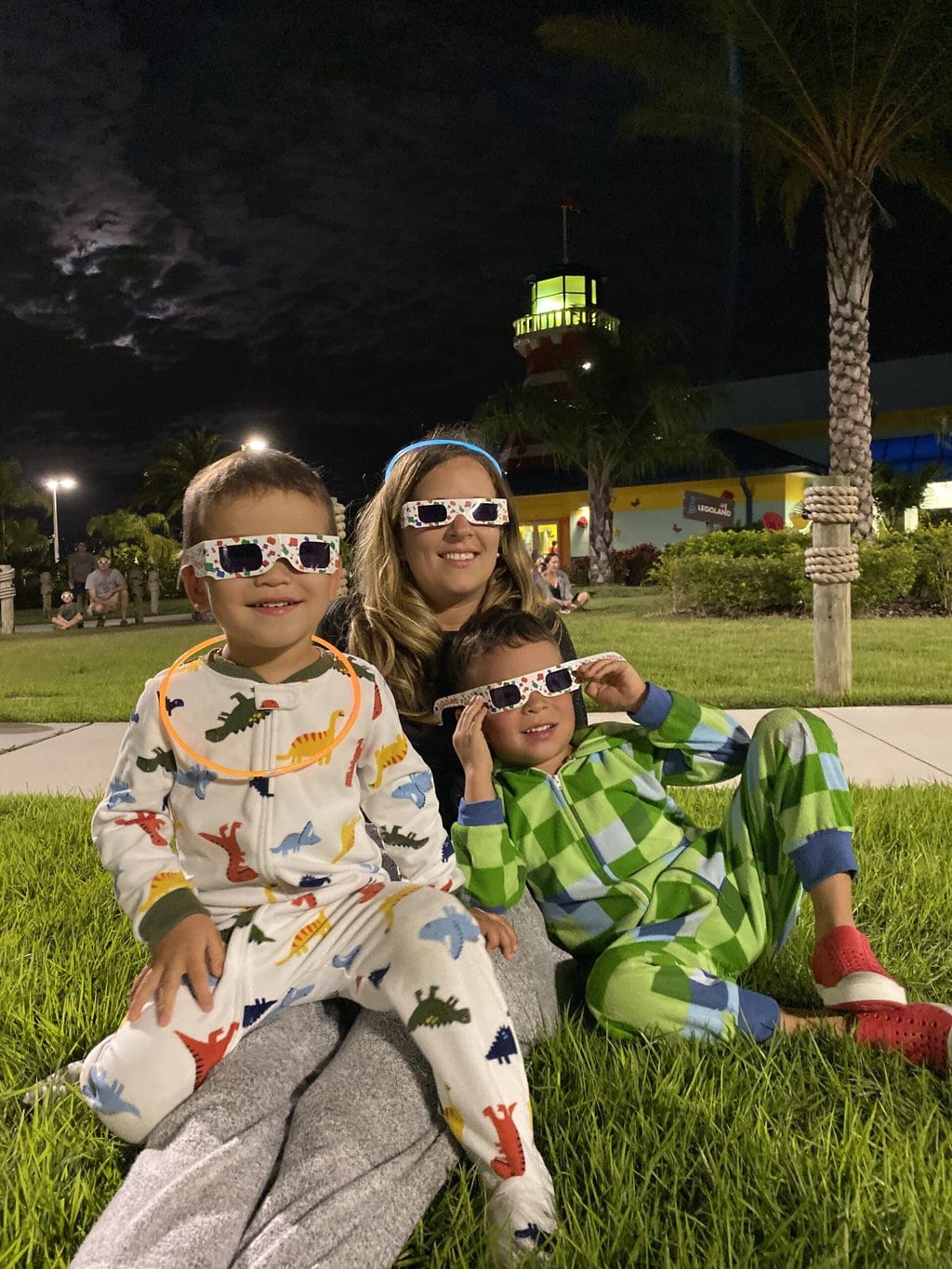Rubik’s Cube Coding Activities for Kids
This post may contain affiliate links. As an Amazon Associate, I earn from qualifying purchases.
Learning to solve a Rubik’s Cube is a fun learning activity for kids. It might look like a simple box with different colored tiles, but there’s so much you can do with Rubik’s cubes — like coding!
Rubik’s cubes can be learned by kids as young as three years old. It’s the perfect learning activity for kids who are bursting with curiosity and love to solve puzzles. Learning to play the Rubik’s cube improves a person’s muscle memory and patience. It also helps them in improving their reflexes, keeping the mind active, and becoming problem solvers.
If you’re looking for a list of the best Rubik’s cubes then check out our post here.

Coding Concepts Learned with Rubik’s Cube
Algorithms
An algorithm is a set of instructions given in order to complete a certain task and receive the desired result.
Hex Codes
The coding that computers use to differentiate and recognize colors.
HEYKUBE Rubik’s Cube:
The HEYKUBE Smart Cube is a neat way to learn to solve a Rubik’s cube using tech. This smart cube has a series of flashing lights that will guide you to solve the Rubik’s cube. Using its different modes you can learn to recognize patterns that will help you solve basic cubes on your own.
HEYKUBE even has a Python library so you can actually program your own HEYKUBE with a Raspberry Pi device.
No products found.
Rubik’s Cube Coding Activities Unplugged
Once your kids have mastered the basics, they can move on to other fun Rubik’s cube coding activities. We’ve listed two coding activities that you can do with Rubik’s cubes here:
Rubik’s Maze Activity
If you only have one Rubik’s Cube, you can turn it into a fun escape game! Your kids can code their way across the face of the cube with any limitations you give them!
What you need for this coding activity:
- Rubik’s Cube
- Construction paper
- Painters tape or stickers to mark the start and finish
- Game pieces ‘Robots’ e.g Monopoly Pieces
Here’s how to play this coding activity:

- Cut out squares of paper to match the colors on the sides of your cube. (Usually Red, Yellow, Blue, Green, Orange, White)
- Put all of the small squares of paper into a cup or bowl.
- Each child should pick a monopoly piece to act as their ‘Robot’
- Now is where you can choose one (or more) colors from the cup! Each color you choose becomes “lava” that your “robot” will melt in! Start with one color per game, then increase to two or three if your coder kid is getting too good!
- Help your little one code their way across the “Maze”, but watch out for the lava! (color(s) you pulled from the cup)
- Use forward arrows, sideways arrows, jumps, etc. to get your “robot” from one side of the cube to the other! Have your coder write down their code to make it easier to debug. If they fall in the “lava” they have to go back to the beginning and try again!
- To make gameplay trickier, add multiple cubes together!
- To make it trickier still, allow for a 3-dimensional game – where coders can turn the Rubik’s cube while still coding their way across it!

If you have construction paper, this could turn into a full-body game, with people trying to escape instead of toys. My boys LOVED this adaptation!
Rubikubism
You may have seen some of the incredible creations artists and students are making with Rubik’s Cubes lately. These designs can be simple or ornate, and they fall right into the STEAM category.
This activity would be a great way to introduce the idea of Hex Codes – the coding that computers use to differentiate and recognize colors. To make something larger, you can simply add cubes together. The more cubes you have, the bigger you can go!
This website is a great place to start if you are looking for some ideas. If you only have one cube and younger kids, you might start with the basics – how to turn the sides and change the colors. From there, you can start with a basic shape like a cross, an X, or some other shape of your choosing.
Other Coding Activities You’ll Love
Pin For Later!




Kate is mom of two rambunctious boys and a self-proclaimed super nerd. With a background in neuroscience, she is passionate about sharing her love of all things STEM with her kids. She loves to find creative ways to teach kids computer science and geek out about coding and math. She has authored several books on coding for kids which can be found at Hachette UK.







